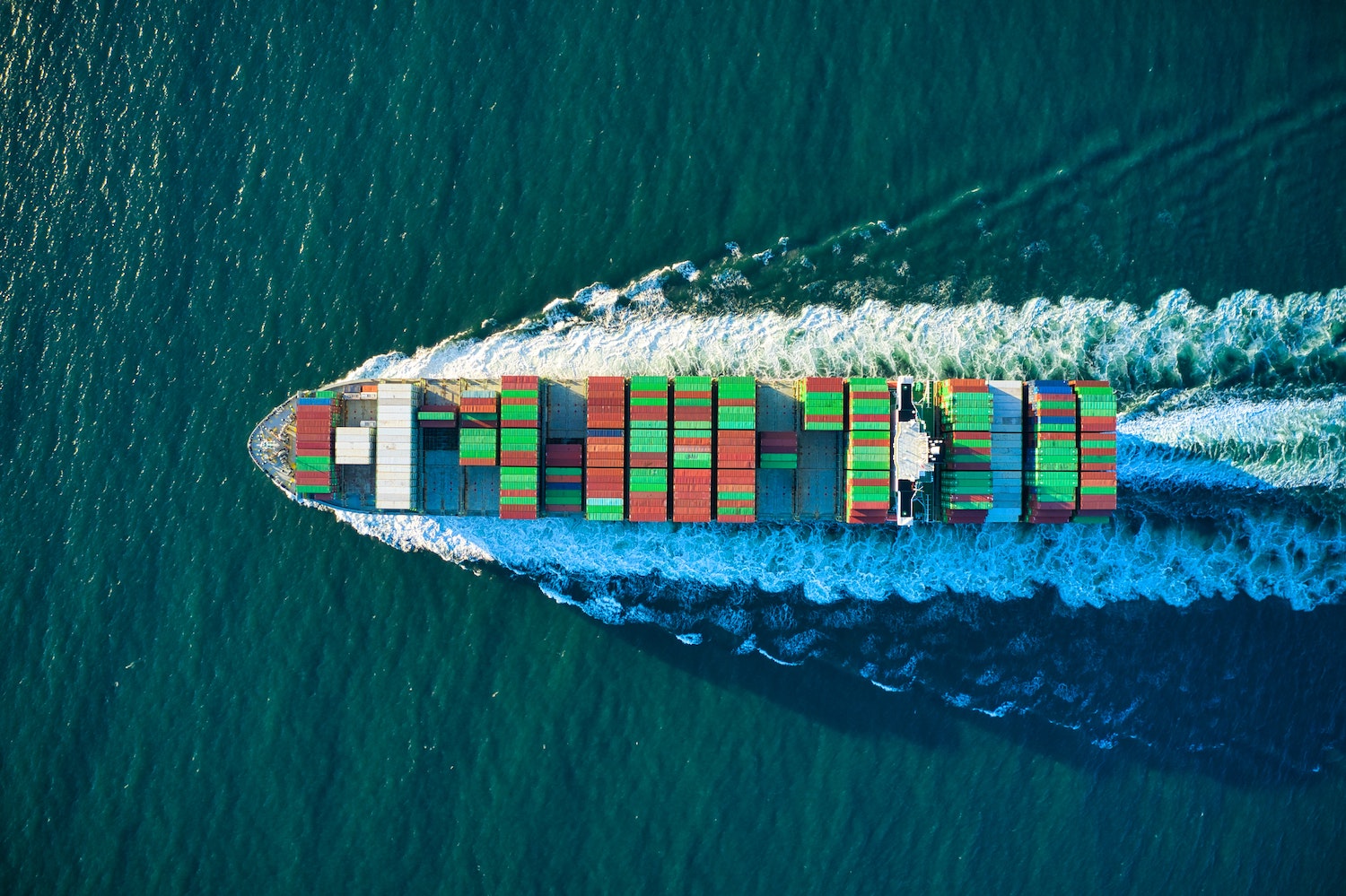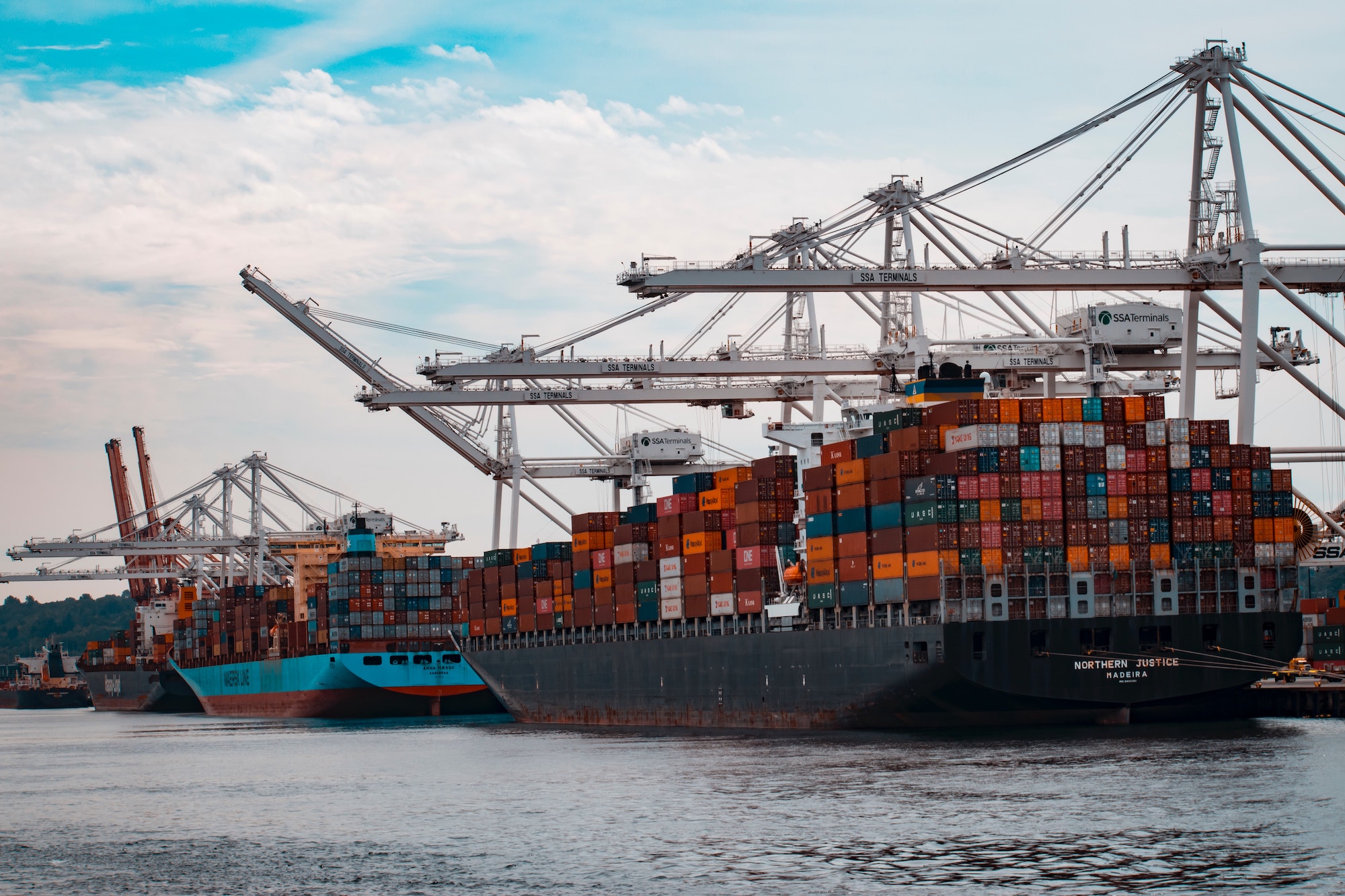
A renaissance
It’s no coincidence that the main cities in France and in the rest of the world were built on river banks. Before the development of rail and road traffic, river trade was what partly enabled cities to prosper, like Lyon – at the confluence of the Rhône and the Saône, New Orleans – to the mouth of the Mississippi River, and Hamburg – located near the mouth of the Elbe in northern Germany.
Up until the middle of the 20th century, sea freight was the main means of transporting goods. However, with the de-industrialisation of the European, economy and the construction of thousands of miles of motorways nationwide since the 1960s, the aforementioned quickly declined. It was a long fall for the sector, which has however returned to growth since 2019.
According to the Central Commission for the Navigation of the Rhine, European river traffic experienced vigorous growth in 2021, after two years marked by stagnation due to the Covid-19 pandemic (2019 and 2020). On the Rhine, the transport of goods thus increased by 5.4%.
According to Voie navigable de France (VNF, the French navigation authority), the public institution in charge of managing 80% of France’s river network, French river freight recorded an annual growth of 4% in 2021. It’s a positive gain which shouldn’t hide the fact that this eco-friendly mode of transport only counts for 3% of the total freight in France.
Environmental challenge
The river transport sector has huge green potential. Compared to air or road transport, boats emit much less carbon dioxide (CO2) per kilometre per tonne transported. According to the VNF, in 2021, 52 million tonnes were transported on ships, which represents approximately 2.5 million lorry journeys. Globally, sea traffic represents 90% of freight transport (ocean and river traffic combined), but represents only 2.9% of greenhouse gas emissions.
While river freight will never be able to fully replace road transit, the European Union is looking to rely on river transport to accelerate the climate transition on the continent. Its one objective? To achieve a modal shift away from road towards rail or river by 30% by 2030 and 50% by 2050 – so there’s a huge gain to be made in terms of reducing CO2 emissions.
The issue of port hubs
There is a major issue to navigate if maritime freight is to grow, and that lies in developing infrastructure that will increase the capacity of this mode of transport.
As recently as December 2022, Emmanuel Macron announced his aim to develop a “major port that goes from Marseille to Lyon” to “deliver energy and goods to the Vallée de la Chimie, south of Lyon”. The project would also connect the Rhône Valley to Germany via the canal that connects the Rhône and the Rhine via the Saône and Doubs rivers. The map of the French and European river network, which first took form in the 19th century when numerous canal systems were built, offers tremendous potential for connecting the major economic and industrial basins by sea.
Several promising initiatives have already emerged at a local level. In Strasbourg and Lyon, two French large metropolises, Urban Logistic Solutions (ULS) specialises in “green” last-mile delivery using sea transport. In Lyon, ULS set up a port terminal in June 2022 with one simple aim: to receive goods transported by rail, lorry and boat at its terminal located at Edouard Herriot port. Once sorted and packaged, these goods are transported by boat to central Lyon, then unloaded onto the quay. From there, delivery drivers on electric cargo bikes pick up the parcels and drop them off all across the city. The city of Lyon does not subsidise ULS, but grants it the use of a port terminal.
In France again, the Métropole de Paris has launched a call for expressions of interest to develop river freight on the Seine combined with carbon-free last-mile logistics. As such, 21 companies have been selected to implement their projects at several underutilised port sites.
In Egypt, The Great River Nile Co. has submitted a project to the Ministry of Transport to develop sea transport on the Nile by creating a door-to-door delivery service. This project consists of building ports along the banks of the Nile, from where lorries would load goods to deliver them inland.
Innovation not to be outdone
River transport already emits low levels of pollution compared to lorry or plane transport, but with the help of technological innovation, it can become an even cleaner mode of transport. In 2023, we’ll see the first hydrogen-powered river boat be commissioned – a far cry from the old steam barges of yore.
The main challenge lies in building boats that consume no more, or less, fossil fuels. “There is plenty of innovation in terms of propulsion systems, from the use of electricity, CNG, GTL, Oleo100 and 100% French rapeseed energy, as well as advanced HVO and synthetic fuels from agricultural waste,” details Thierry Guimbaud, the managing director of VNF.
However, electrifying all sea transport is not on the cards for the immediate future. “Batteries for maritime industries are not yet at the cost point they should be to make full electric shipping widely possible,” explains Jeroen Stuyts, from the research institute Flanders Make. Good news for river transport: boats with the lightest cargoes and the most predictable routes are those that can be most easily electrified.
Over the past three years, VINCI Construction has been involved in a project called Multiregio, a consortium bringing together five other manufacturers (grain carriers, hauliers, etc.). The aim of the project is to build and commission by 2026 10 convoys of two adjoining barges (with a capacity of 1,000 tonnes) with an all-electric motor, one of which is powered by hydrogen. The solution includes several innovations, one of which tackles issues related to droughts and shallow draft. The boats are designed to sink less with the same load, as explained by Jérôme Aubry, technical director at VCSP Réseaux France, who is monitoring the project for VINCI Construction. The first Multiregio port hub will be in Languevoisin on the Canal du Nord, north of Compiègne (France).

The climate issue
To avoiding getting stuck midstream, river transport will however have to adapt to the climate emergency, which has cause rivers to dry up over the summer period. During the summer of 2022, the Rhine’s water level was so low that certain sections became impossible to navigate. A drought in 2018 saw the Rhine’s reference depth drop to 25 centimetres in the town of Kaub, causing the German GDP to drop by 0.2%.
Along the Mississippi, there’s a very effective and eco-friendly solution that’s helping to restore the wetland area. According to a study, the restoration of wetlands on only 1.5% of a landscape can reduce flood peaks by 29% – a policy which The Netherlands has already successfully applied.
When we talk about the climate transition, the best solution is often to listen to nature. Protecting fragile ecosystems is just as effective as developing infrastructure if we want our rivers to remain a sustainable transport option.
